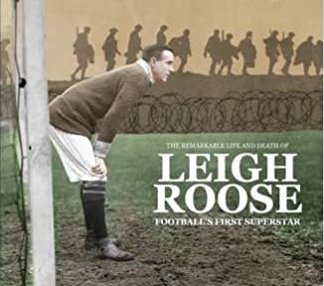Lost in France: Leigh Richmond Roose
A talk given by author Spencer Vignes to the Everton FC Shareholder's Association Leigh Richmond Roose Leigh Roose was born in a small village called Holt which lies just on the Welsh side of the border between England and Wales a few miles outside Wrexham. As a youngster he took to goalkeeping like a duck to water, perfecting his art during kick-abouts in Holt and while at university in Aberystwyth where he went to do a science degree. While he was in Aberystwyth he also played for the top local side, Aberystwyth Town, with who he won a Welsh Cup…








